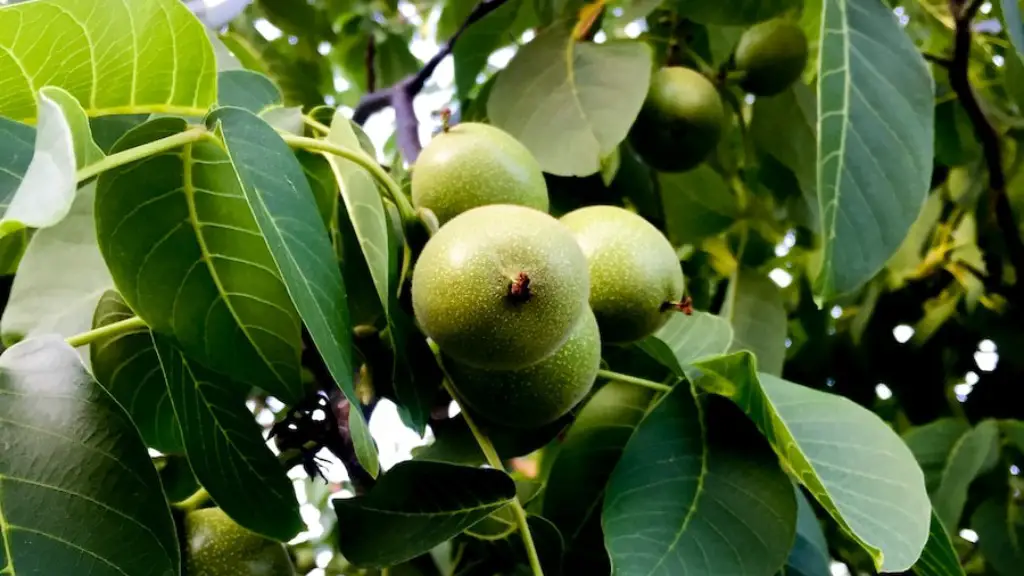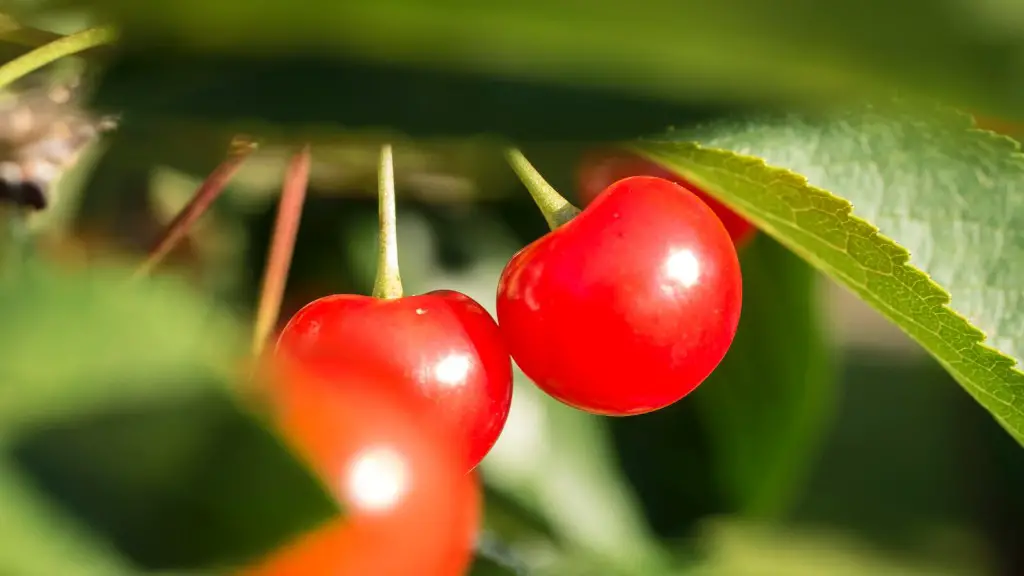How to Prune an Avocado Tree
Avocado is a tree crop which is grown in many parts of the world for its delicious fruit. Pruning and regular maintenance of the tree is essential for a bountiful crop.
The basics of pruning an avocado tree involve encouraging the tree to grow in a certain shape. The most suitable shapes for an avocado tree are that of a pyramid or an open vase. To achieve this shape, pruning will be required to eliminate any dense growth or excessive branches that prevent light and air circulation.
The first step in pruning an avocado tree is the removal of any frail and dead branches. Prune away any branches that are clearly dead or lack vigour, as these could be a potential source of disease to the tree. This should be done on a regular basis, usually 1-2 times a year.
Next, focus on eliminating any water sprouts. Water sprouts are easy to spot as they grow from the trunk, on a straight vertical angle. These are detrimental to your avocado tree; as they don’t produce flowers or fruit. Get rid of water sprouts by cutting them off cleanly, down to the base of the branch.
One of the most important steps in pruning an avocado tree is the elimination of crossed branches. When two branches cross each other, the rub their bark can cause an abrasion. Over time the bark may get worn down and create an entry point for disease, fungus and pests.
The next step to pruning an avocado tree is to thin the canopy, reducing the foliage which is blocking light and air circulation to the other branches in the tree. This will reduce competition for nutrients between the branches and ensure water, minerals and other resources are distributed evenly. This can be done by reducing the length of some branches and cutting off any shoots growing from the base of the canopy.
Finally, when pruning an avocado tree, attention should be given to the buds. These are essential for the development of fruit. Buds need to be thinned out, leaving the strongest buds. This will ensure the tree has an efficient flowering process.
The Necessity of Soil Condition and Nutrition
Whilst regular pruning is crucial to the health of an avocado tree, it is also important to consider the soil condition and nutrition that your tree is receiving. Primarily, it is important to ensure the soil pH is suitable, as wrong pH levels can cause deficiencies in the uptake of essential minerals. Aim to achieve a soil pH of 5.5-7.0
Due to their limited nutrient reserves, avocado trees rely on fertilisers as a source of minerals. Prior to fertilising an avocado tree, a soil test is an effective way to determine which soil nutrients would most benefit the tree.
It is important to consider the different types of fertilisers that are available. Organic fertilisers are highly beneficial for avocado trees, as they release their nutrients slowly, over a longer period of time. A key example of this includes Epsom salts. This is an excellent source of magnesium for the tree – required for photosynthesis, general health and fruit production.
Synthetic fertilisers can be applied to an avocado tree, although tend to be less beneficial to the tree’s long term health as they break down quicker. When using a synthetic fertilizer, it is often recommended to alternate with its organic counterpart.
In addition to considering soil pH and nutrition, it is also beneficial to use mulch to help retain soil moisture. Mulching an avocado tree can help to improve water-holding capacity of the soil, whilst aiding in suppressing root diseases.
The Benefits of Regular Pruning
Regularly pruning an avocado tree has a number of benefits. Firstly, regular pruning ensures a good shape for the tree, allowing for even light exposure and air circulation across the branches.
Regularly pruning an avocado tree will encourage a greater number of flowers which will develop into a larger crop. Pruning also reduces competition for nutrients between branches. Furthermore, the removal of water sprouts and crossed branches will reduce the potential for disease.
In addition to enabling even light and air circulation, regular pruning will also lead to larger, healthier fruit. This is because it will ensure the energy of the tree is directed away from planting up excessive foliage and is instead focused on producing fewer, larger fruit.
Mature avocado trees have an increased chance of disease and mortality, however, pruning helps to reduce the risk of this. This is because pruning can help to promote earlier ripening and prevent nutrient deficiencies.
The Common Challenges of Pruning an Avocado Tree
Whilst there are many advantages to pruning an avocado tree, it is important to be aware of some of the challenges that may arise. Pruning an avocado tree incorrectly or too greatly could lead to death of the tree.
When pruning an avocado tree, it is essential that careful attention is paid to the amount that is being taken away. Pruning too much away in one go may reduce the amount of available energy for energy, which could cause the tree to die.
The aim of pruning an avocado tree is to encourage and direct growth in a certain shape. Pruning too much away from a particular area of the tree can lead it to grow lopsided, a result which can be difficult to repair.
Women should also be careful not to prune during extreme cold periods. During winter, pruning stimulates growth and can result in frost damage.
Tools Required for Pruning an Avocado tree
When pruning an avocado tree, a few tools are required. Primarily, a pair of pruning scissors is needed to ensure a clean, sharp cut at the desired area. Pruning scissors should be sharpened whenever dull as blunt scissors may tear the bark from the branch.
Lopping shears are another useful tool, to be used with larger branches. These are usually known as bypass shears, consisting of two curved blades that slide past each other. Lopping shears require slightly more effort than pruning scissors, but provide a cleaner cut on the branch and helps to preserve the health of the tree.
Aside from pruning, tools such as a spade, garden fork, rake and pressure washer are useful to help keep the tree planted in good health. For feeding the tree, a fertiliser injector is useful to reduce the amount of manual labour required.
How to Prune an Avocado Tree: The Summary
In summary, pruning an avocado tree is a complex but beneficial task that should be done on a regular basis for the optimum care of the tree. To ensure the health of an avocado tree, it is important to consider the condition of the soil and essential nutrients that it is receiving. Pruning stimulates growth and can provide larger, healthier fruit as well as protecting against diseases.
Considering the condition of the soil and nutrition is just as important as pruning the tree. Organic fertilisers should be used as they release their nutrients slowly, over time. Mulching is also beneficial to help retain soil moisture and control root diseases.
To ensure the job is done correctly, a few tools are needed. A pair of pruning scissors and lopping shears are essential, whilst additional tools such as a spade, pressure washer, rake and fertiliser injector are useful. When pruning an avocado tree, it is important not to prune too much away, or during extreme cold periods.



